Paperboard stands as a versatile and robust material, cherished for its strength and adaptability across diverse industries. CrownPackages delves into the multifaceted types and advantages of paperboard, highlighting its sustainability, versatility, printability, rigidity, and much more. Discover why paperboard remains a preferred choice for packaging and various consumer applications.
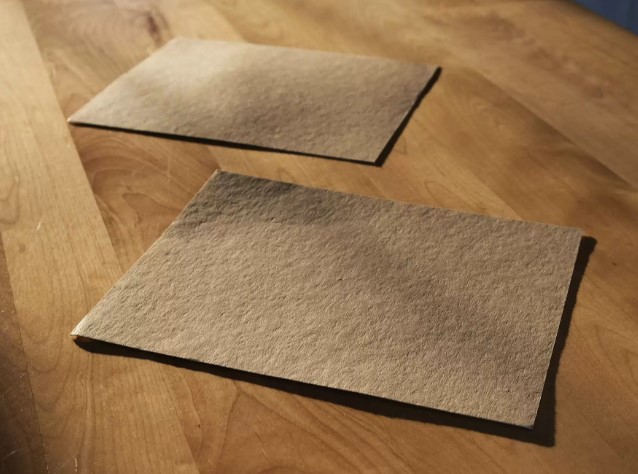
Diverse Types of Paperboard
Paperboard stands as a versatile material, offering a wide range of options suited for various packaging and consumer goods applications. CrownPackages explores the distinct characteristics and uses of different types of paper board, highlighting their unique features and benefits.
Chipboard or Grayboard
Crafted from recycled paper fibers, chipboard or grayboard provides rigidity and thickness, making it ideal for applications such as book covers and rigid boxes. CrownPackages emphasizes how this type of paper board offers structural integrity while utilizing recycled materials, contributing to sustainability initiatives.
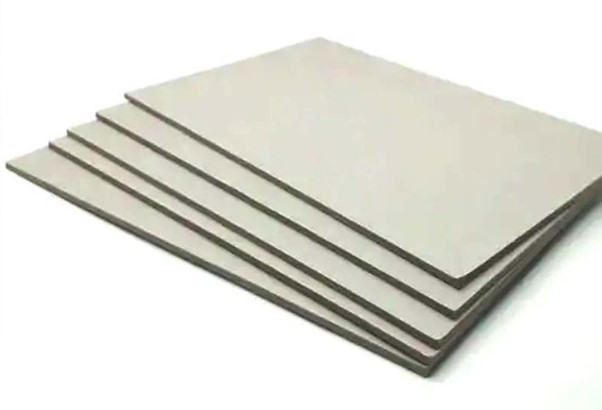
Folding Carton Board
Folding carton board is a lightweight, non-corrugated packaging material, perfect for creating folding cartons for consumer goods. CrownPackages underscores its printable surface, which allows for limitless branding elements and product information, enhancing brand visibility and consumer engagement.
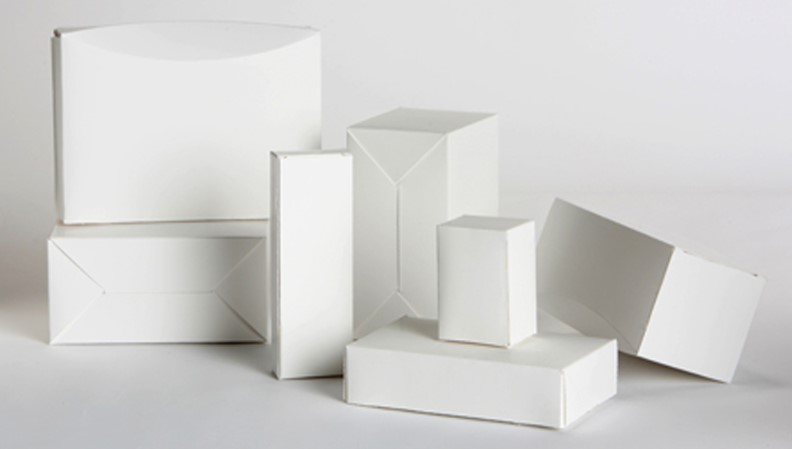
Solid Bleached Sulfate (SBS)
Renowned for its solid white appearance and clay-coated surface, Solid Bleached Sulfate (SBS) stands as a premium-quality paper board derived from bleached chemical pulp. CrownPackages highlights its preference for high-end packaging, cosmetics, and consumer goods, where a pristine, luxurious aesthetic is desired.

Solid Unbleached Sulphate (SUS)
Solid Unbleached Sulphate (SUS) offers a sturdy, unbleached paper board with a natural, kraft appearance. CrownPackages emphasizes its common use in packaging applications seeking a rustic, environmentally friendly aesthetic. SUS provides strength and durability while maintaining an eco-conscious character, appealing to sustainability-minded consumers.
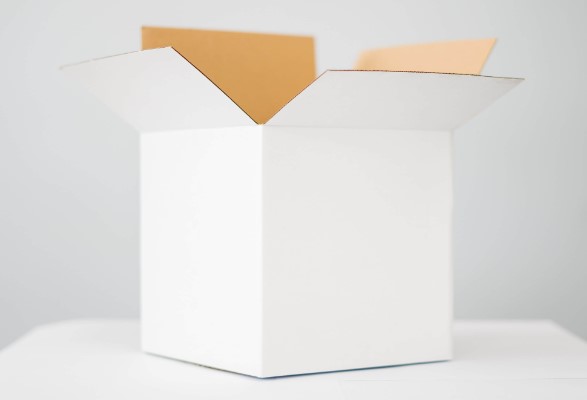
Recycled Paperboard
Crafted from recovered paper fibers, recycled paper board is an eco-friendly material that diverts waste from landfills. CrownPackages highlights its sustainable production process, which conserves resources and reduces environmental impact. Recycled paper board offers a responsible packaging solution, aligning with brands’ sustainability goals and consumer preferences for eco-friendly products.
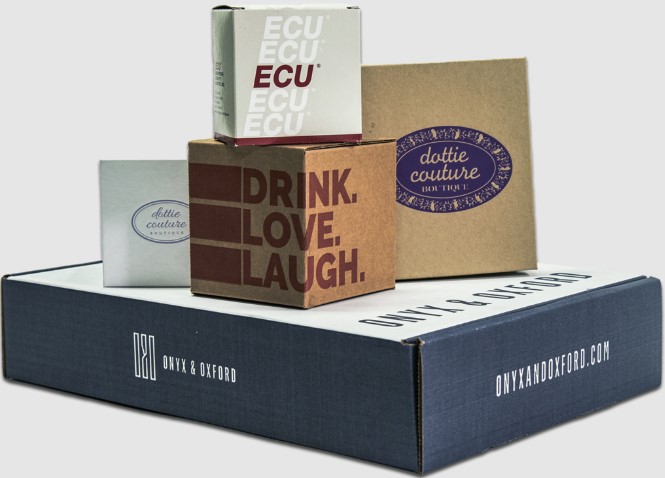
Benefits of Paperboard in Packaging
Following are the plus points of utilizing paperboards in packaging
Sustainability
CrownPackages emphasizes the eco-friendly nature of paper board, often crafted from renewable resources and easily recyclable. With the incorporation of recycled content, paper board production contributes to sustainable practices, aligning with the growing demand for environmentally friendly packaging solutions.
Versatility
Paperboard’s versatility knows no bounds, making it suitable for a myriad of applications ranging from packaging to printing and graphic arts. CrownPackages underscores how the adaptability of paper board allows for customization in terms of thickness, coatings, and finishes, ensuring tailored solutions to meet specific requirements.
Printability
The excellent surface provided by paperboard serves as a canvas for vibrant and high-quality printing, enabling captivating graphics and branding. CrownPackages highlights how this printability makes paper board an ideal choice for product packaging, displays, and promotional materials, elevating brand visibility and consumer engagement.
Rigidity and Strength
Despite its lightweight nature, paper board offers impressive rigidity and strength, ensuring durability and protection for packaged goods. CrownPackages emphasizes how this inherent strength makes paper board suitable for both primary and secondary packaging, safeguarding products throughout the supply chain.
Cost-Effectiveness
CrownPackages underscores the cost-effectiveness of paperboard compared to alternative materials, making it a practical choice for various industries. With its affordability and diverse properties, paperboard strikes a perfect balance between cost and quality, meeting the needs of businesses without compromising on functionality.
Recyclability
The recyclability of paperboard plays a crucial role in waste reduction and supports circular economy practices. CrownPackages highlights how paper board can be recycled multiple times without a significant loss of quality, making it a sustainable choice for businesses committed to environmental stewardship.
Consumer Appeal
Paperboard packaging exudes visual appeal and can convey a premium or eco-friendly image, resonating with consumer preferences for sustainable and aesthetically pleasing options. CrownPackages emphasizes how paper board packaging positively influences a brand’s perception, aligning it with sustainability and environmental responsibility in the eyes of consumers.
Insulating Properties
CrownPackages recognizes paper board’s natural insulation properties, making it suitable for packaging items that require protection from temperature variations. Whether it’s food, pharmaceuticals, or delicate electronics, paperboard provides the necessary insulation to maintain product integrity during transit and storage.
Customization Options
Manufacturers can easily customize paperboard to meet specific requirements, including different coatings, laminations, and embossing, enhancing its aesthetic and functional appeal. CrownPackages highlights how this customization empowers brands to create unique packaging solutions that stand out in the market, fostering brand differentiation and consumer loyalty.
Brand Perception
Using paperboard in packaging can positively influence a brand’s perception, associating it with sustainability and environmental responsibility in the eyes of consumers. CrownPackages emphasizes how paper board packaging contributes to building trust and loyalty among consumers, reinforcing the brand’s commitment to ethical and eco-conscious practices.
Conclusion
In conclusion, paper board stands as a versatile and robust material that continues to play a pivotal role in various industries, particularly in packaging. Throughout this exploration, CrownPackages has delved into the multifaceted types and advantages of paperboard, shedding light on its sustainability, versatility, printability, rigidity, and much more.
By dissecting the diverse types of paper board, from chipboard to recycled paper board, we’ve uncovered their unique characteristics and applications. From providing structural integrity to enhancing brand visibility and consumer engagement, each type serves a distinct purpose in the packaging landscape.
Moreover, CrownPackages has underscored the numerous benefits of utilizing paperboard in packaging, emphasizing its sustainability, versatility, printability, rigidity, cost-effectiveness, recyclability, consumer appeal, insulating properties, customization options, and positive impact on brand perception.
As brands continue to prioritize sustainability and eco-conscious practices, paper board emerges as a preferred choice for packaging solutions. Its ability to balance functionality, aesthetics, and environmental responsibility aligns perfectly with the evolving demands of consumers and businesses alike.
